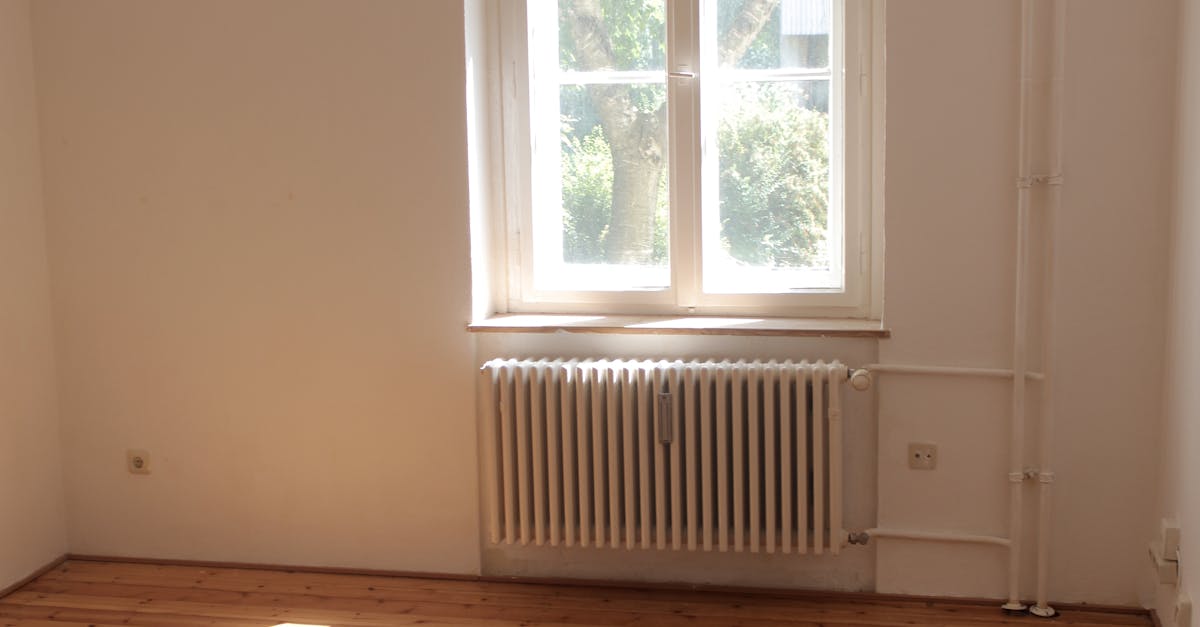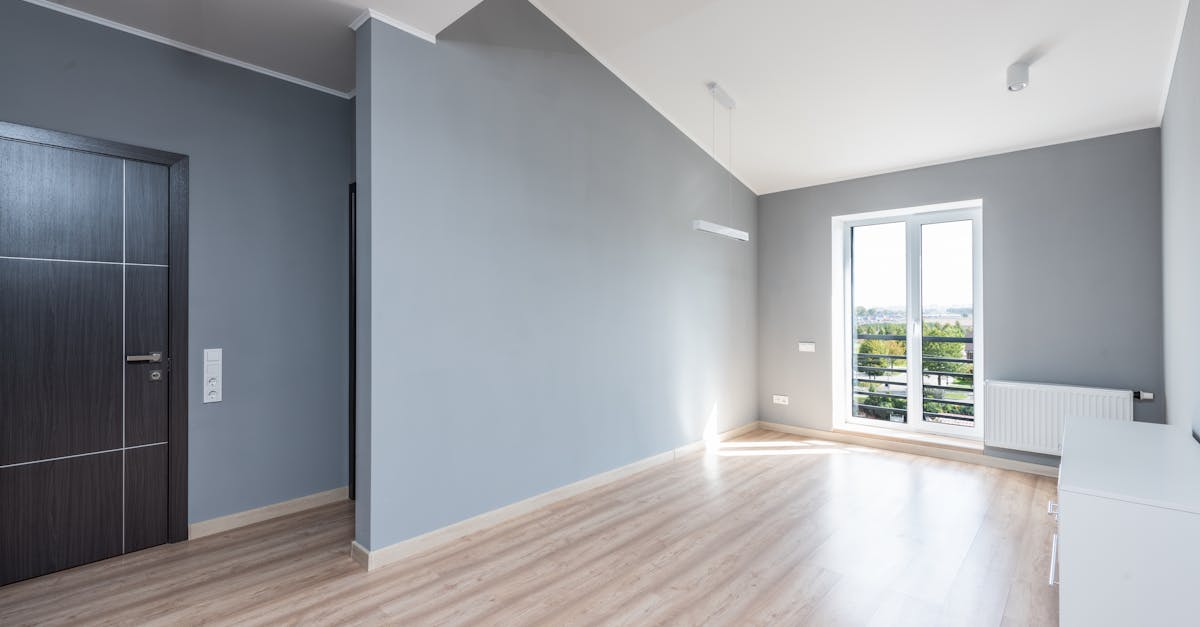
Table Of Contents
Comparing DSCR Loans with Traditional Loans
DSCR loans and traditional loans serve different purposes, especially when it comes to investment properties like those used for Airbnb rentals. Traditional loans often require a higher personal income verification and a lower debt-to-income ratio, focusing heavily on the borrower’s financial stability. In contrast, DSCR loans emphasize the property's income potential rather than the borrower's personal financial situation. This makes them particularly appealing for investors looking to capitalize on short-term rental markets, such as DSCR Airbnb opportunities.
The approval process for a DSCR loan heavily relies on the cash flow generated from the rental property. Lenders evaluate the property's projected rental income to determine whether it can cover debt obligations, which allows for a broader range of financing options. Investors leveraging DSCR loans can often secure funding without traditional income verification, making it easier to invest in properties aimed at short-term rentals. This flexibility provides an advantage to those seeking to enter or expand in the competitive Airbnb market.
Key Differences and Similarities
DSCR loans differ significantly from traditional loans, particularly in their focus on property income rather than individual creditworthiness. While conventional lenders typically assess a borrower’s credit score and personal income, DSCR loans primarily evaluate the property’s potential to generate sufficient income to cover its debt obligations. This makes them appealing for investors in short-term rental markets such as DSCR Airbnb setups, where income can fluctuate based on seasonal demand.
Despite these differences, both loan types require due diligence from borrowers. Lenders, whether for DSCR Airbnb or traditional properties, still seek documentation to ensure the investment's viability. Investors need to present comprehensive financial projections and understand the market dynamics, regardless of the financing avenue they choose. Understanding these similarities can help potential borrowers navigate their options effectively.
Impact of Location on DSCR Loan Approval
The location of a property plays a significant role in the approval process for a DSCR Airbnb loan. Lenders typically assess the local real estate market, including trends in rental demand and property appreciation. Areas with high tourism or strong job markets often attract more investment in short-term rentals, which can enhance a property's earning potential. Such demand can contribute positively to the calculation of the Debt Service Coverage Ratio, making it easier for borrowers to secure financing.
In addition to market trends, the specific characteristics of the neighborhood can influence a lender’s decision. Properties situated in desirable locations, such as those close to major attractions or business districts, can command higher rental rates. This increased potential income strengthens the borrower's application for a DSCR Airbnb loan. Lenders are more likely to approve loans for properties that show promising income-generating capabilities, reflecting the importance of location in the overall loan approval process.
Real Estate Market Considerations
The real estate market plays a significant role in the viability of DSCR Airbnb investments. Local demand for short-term rentals can fluctuate based on seasonality, tourism trends, and economic conditions. Areas with high foot traffic and a robust visitor economy tend to provide better opportunities for success. Investors should analyze occupancy rates and rental income potential within their target market before proceeding with a DSCR loan application.
Understanding the dynamics of the real estate market helps in determining the feasibility of a DSCR Airbnb. Some locations may have restrictive regulations on short-term rentals, which could negatively impact potential revenue. By conducting thorough market research, investors can make informed decisions that align with their financial goals and ensure that the income generated from an Airbnb property will sufficiently cover loan obligations.
How to Calculate Your DSCR
Calculating your Debt Service Coverage Ratio (DSCR) involves a straightforward formula. Begin by determining your property's annual net operating income (NOI), which is earned from rental activities. Then, compute your total annual debt service, which includes all mortgage payments. Once you have both figures, divide the NOI by the total debt service. The resulting percentage will indicate your ability to cover debts based on income generated, essential for evaluating DSCR Airbnb opportunities.
A DSCR greater than one signifies that your property's income exceeds its debt obligations, suggesting a financially viable investment. Conversely, if your DSCR falls below one, it signals potential challenges in meeting loan payments. Investors interested in using DSCR loans for Airbnb properties should strive for a healthy ratio, ensuring sustainable cash flow and reinforcing their case for loan approval.
Understanding Debt Service Coverage Ratio
The Debt Service Coverage Ratio (DSCR) is a crucial metric that lenders use to evaluate a borrower's ability to cover debt obligations with the income generated from an investment property. In the case of DSCR Airbnb, this ratio helps determine whether the short-term rental income can sufficiently cover the monthly mortgage payments and other related expenses. A higher DSCR indicates a more favorable loan situation, as it shows that the property generates enough income to comfortably meet its debt obligations.
To calculate DSCR, one must divide the property's net operating income (NOI) by the total debt service. This figure is vital for potential investors looking into DSCR Airbnb options, as it directly influences loan approval and terms. Lenders typically look for a DSCR of at least 1.25, which suggests that the property generates 25% more income than is necessary to meet the debt payments. Understanding this metric is essential for anyone seeking to finance an Airbnb investment effectively.
FAQS
What is a DSCR loan?
A DSCR (Debt Service Coverage Ratio) loan is a type of financing that allows borrowers to qualify based on the income generated by an investment property, rather than their personal income. This is particularly useful for real estate investors.
Can I use a DSCR loan for purchasing an Airbnb property?
Yes, you can use a DSCR loan to purchase a property intended for short-term rentals, such as an Airbnb, as long as the property's rental income meets the lender’s debt service coverage requirements.
How do I calculate the DSCR for my Airbnb property?
To calculate the DSCR, divide the net operating income (NOI) of the property by the total debt service (monthly mortgage payments). A DSCR greater than 1 indicates that the property generates enough income to cover its debt obligations.
What are the key differences between DSCR loans and traditional loans?
The main difference is that DSCR loans focus on the rental income from the property for qualification, whereas traditional loans consider the borrower’s personal income and creditworthiness. DSCR loans may also have different down payment requirements and interest rates.
Does the location of the property affect DSCR loan approval?
Yes, the location can significantly impact DSCR loan approval. Lenders often consider the local real estate market, property demand, and rental rates in the area when evaluating a property's income potential.




